Our second day on the Hump Ridge Track dawned overcast and the cloud that we had watching coming in the night before lingered in the valleys. As we started our descent to the coast we dropped into the clouds, which gave the forest quite a mysterious air.

We continued down through the forest, the track descended quite steeply in places on stairs and boardwalks until eventually we came to the first of three wooden viaducts, the Edwin Burn Viaduct.
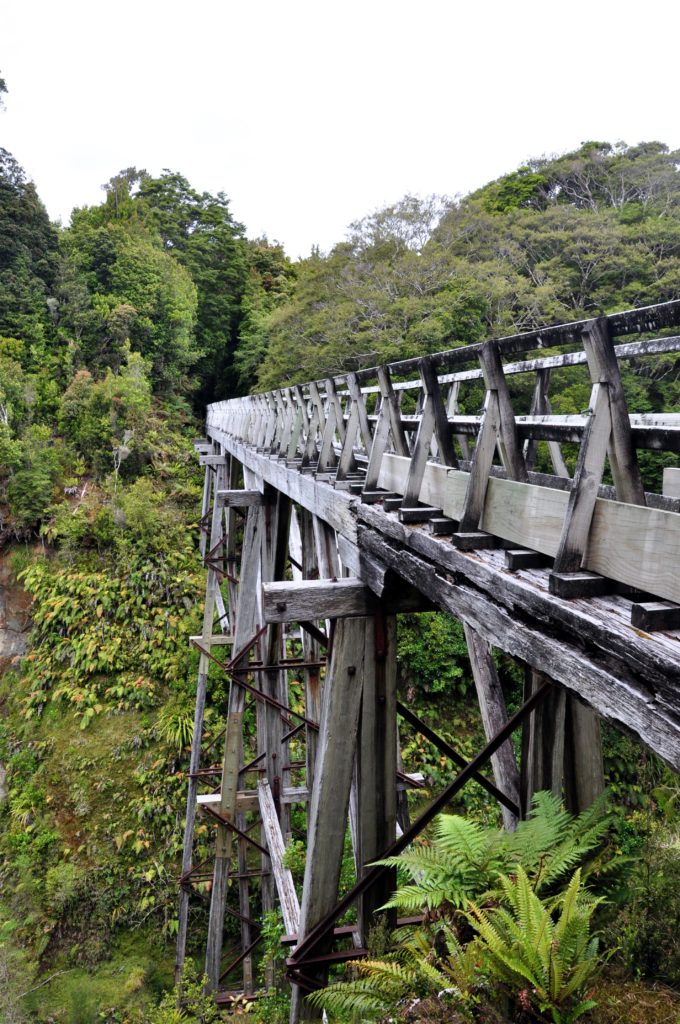
Once we crossed the viaduct, the track followed the old tramway from an ambitious timber milling project from the 1920s and 30s. Perhaps it was the remote location, or maybe it was the sudden end of operations in this area, but in many places the track looked almost complete, except for the missing rails; even the metal ties were still in place.
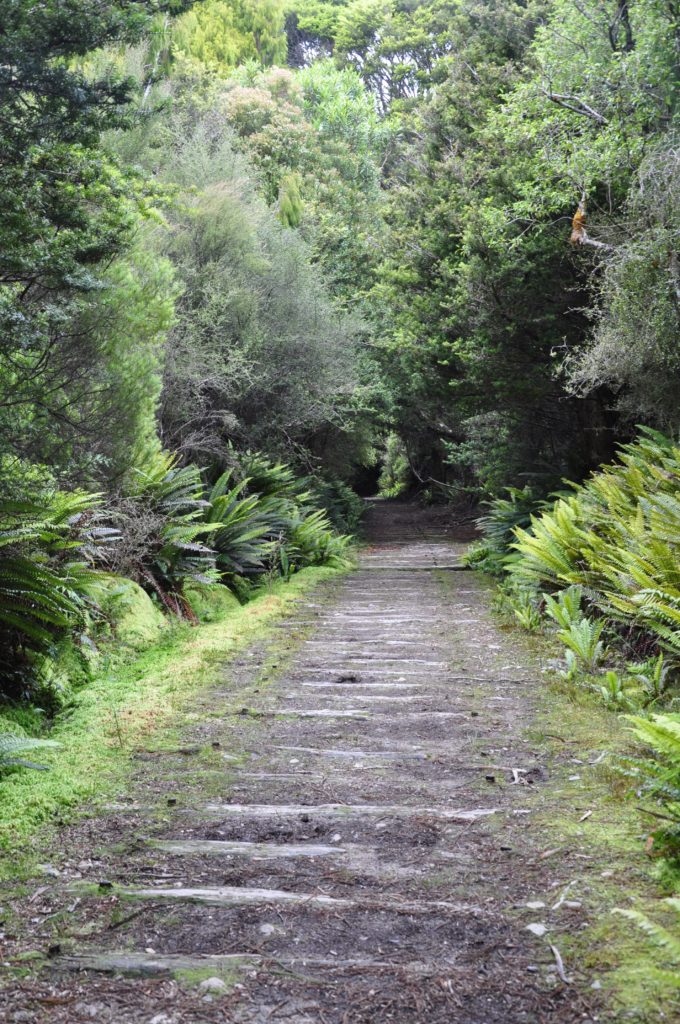
We followed the tramway until we came to the Percy Burn Viaduct; at 125 metres (410 feet) long and 35 metres (115 feet) high , this is one of the largest bridges of this type in Australasia. Unfortunately, damage to the bridge meant that we weren’t able to cross it, and so we had to follow the temporary track down to the valley floor.

Although steep, the chance to walk under the bridge meant that we were able to get an entirely different perspective and really appreciate how tall this viaduct was.

As we got closer to the coast, the forest began to open up slightly and we were able to appreciate the construction that had gone into the tramway. A timber company from the Marlborough Sounds, on the northern tip of the South Island evaluated this area as being a good location to open up for timber production and in 1917 work started on the 14 kilometre tramway that was needed to transport the timber from the surrounding forest to the coast at Port Craig.
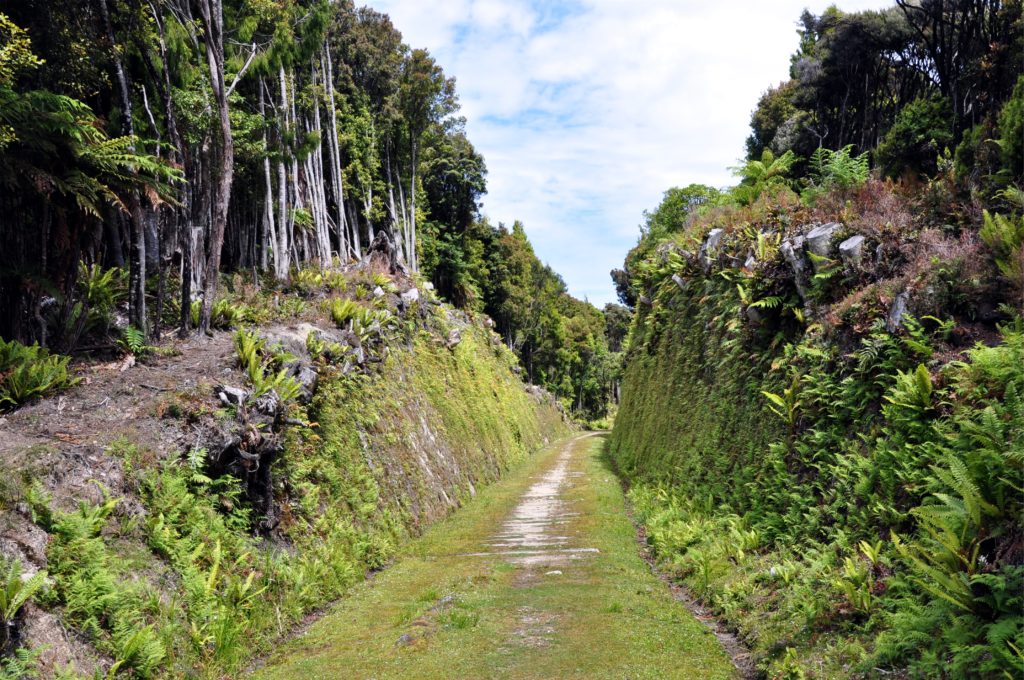
We arrived at the historical Port Craig schoolhouse, the only building from the original settlement still standing. Skirting around the schoolhouse it was just a couple of minutes further to our accommodation for the night.

After getting settled, we left our packs at the lodge and went out to explore the remains of the township. The track passed by old boilers, furnaces and other relics, including some concrete that had been stored in wooden barrels, which had subsequently rotted away leaving behind almost perfect concrete casts of the barrels. We then made our way to down towards the coast, as we stopped at the lookout over Te Waewae Bay, we could clearly make out small groups of Hector’s dolphins playing in the surf.
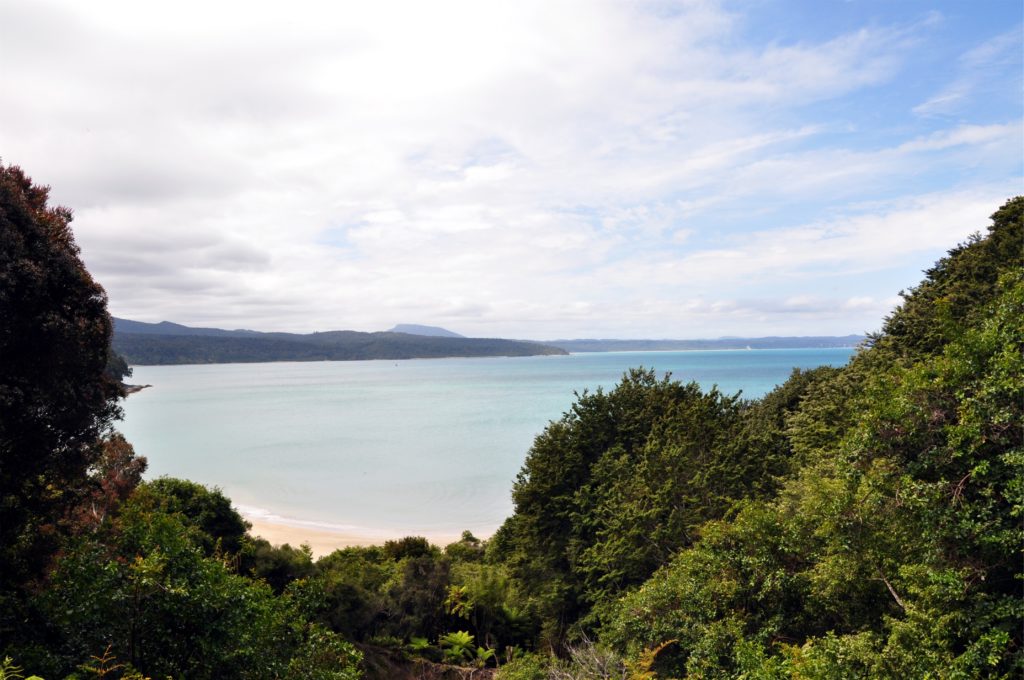
We dropped down the path to the beach and spent a while watching the dolphins playing in the bay. The remains of the old wharf were clearly visible in the bay, together with the old boiler from the massive Lidgerwood Hauler. The Lidgerwood Hauler was an eighty tonne timber milling machine that was imported from America to work in the forests around Port Craig. The huge machine would work in a circular pattern hauling logs from an 800 metre (2,625 foot) radius for transportation out of the forest.
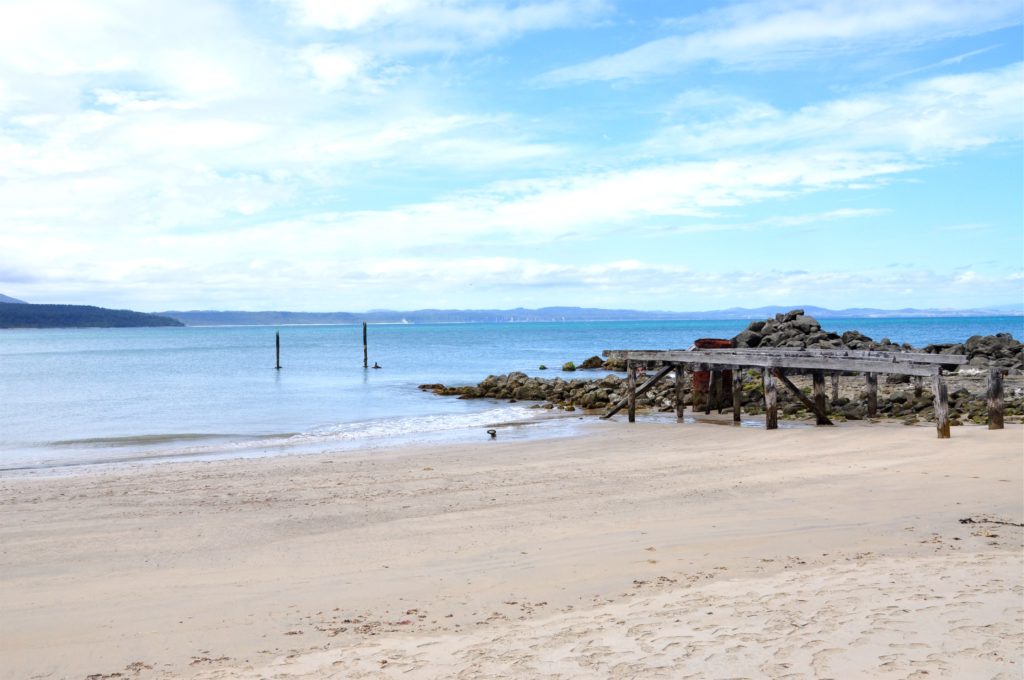
The Lidgerwood Hauler, that was designed for the redwood forests on North America was not well suited to the rimu forests of New Zealand and after just six years of use, the machine was dismantled and scrapped. The numerous problems with the machinery, coupled with poor quality timber, low prices and difficult access to the wharf meant that operations in this area were short lived.
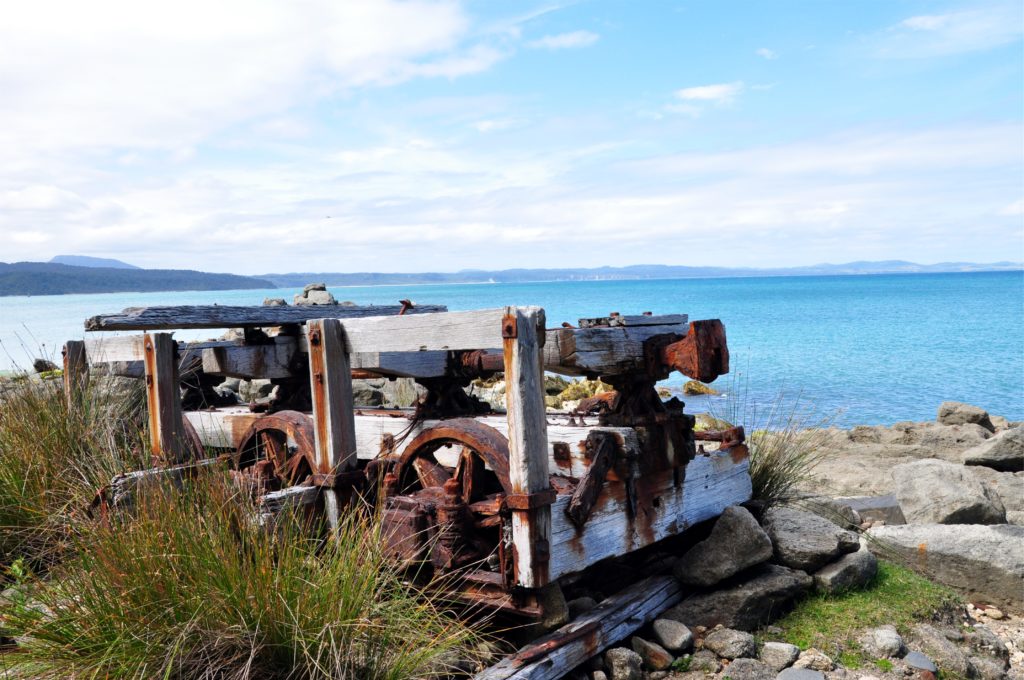
We finished our loop around Port Craig township marveling at how much had just been left wherever it was last used, now haphazardly lying around the bush and along the coastline.
